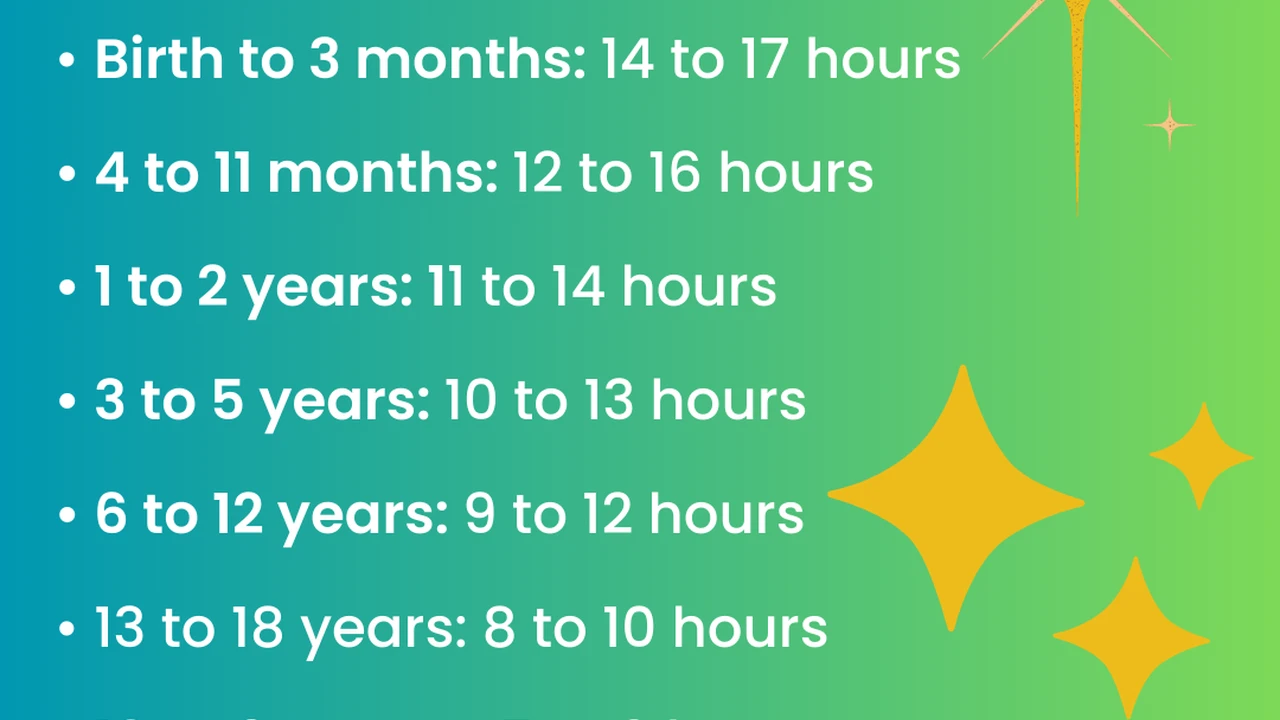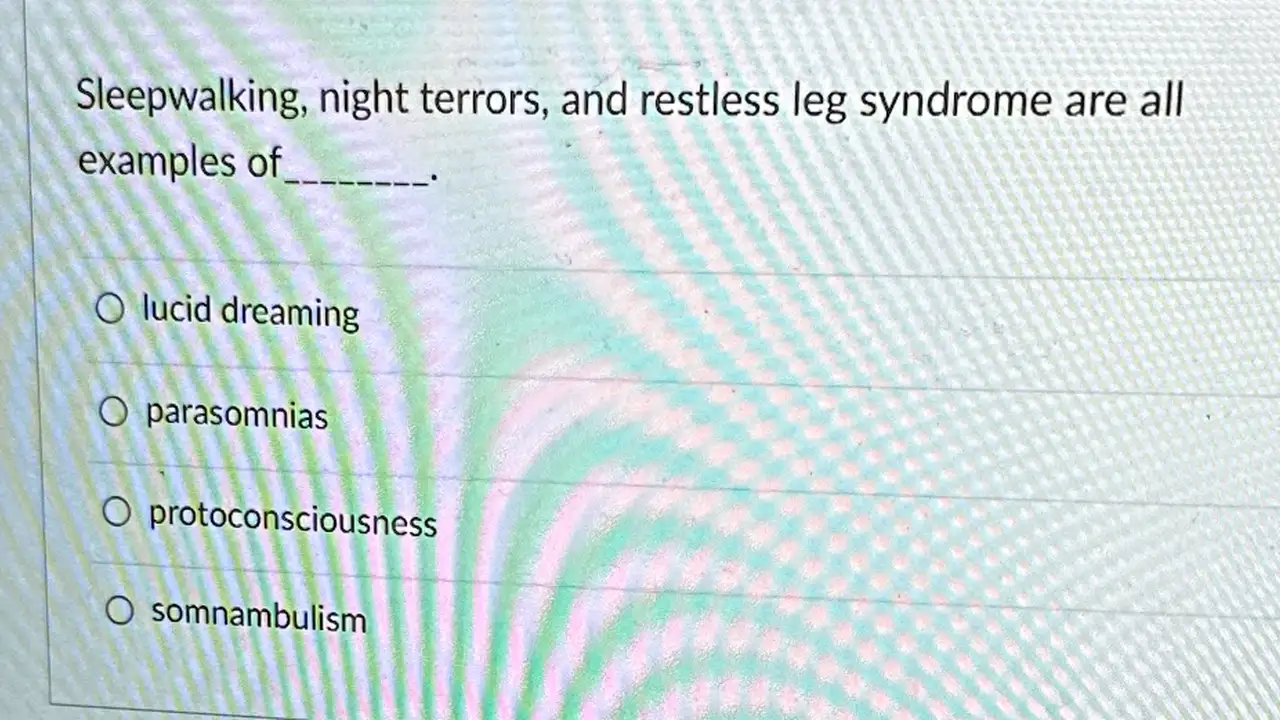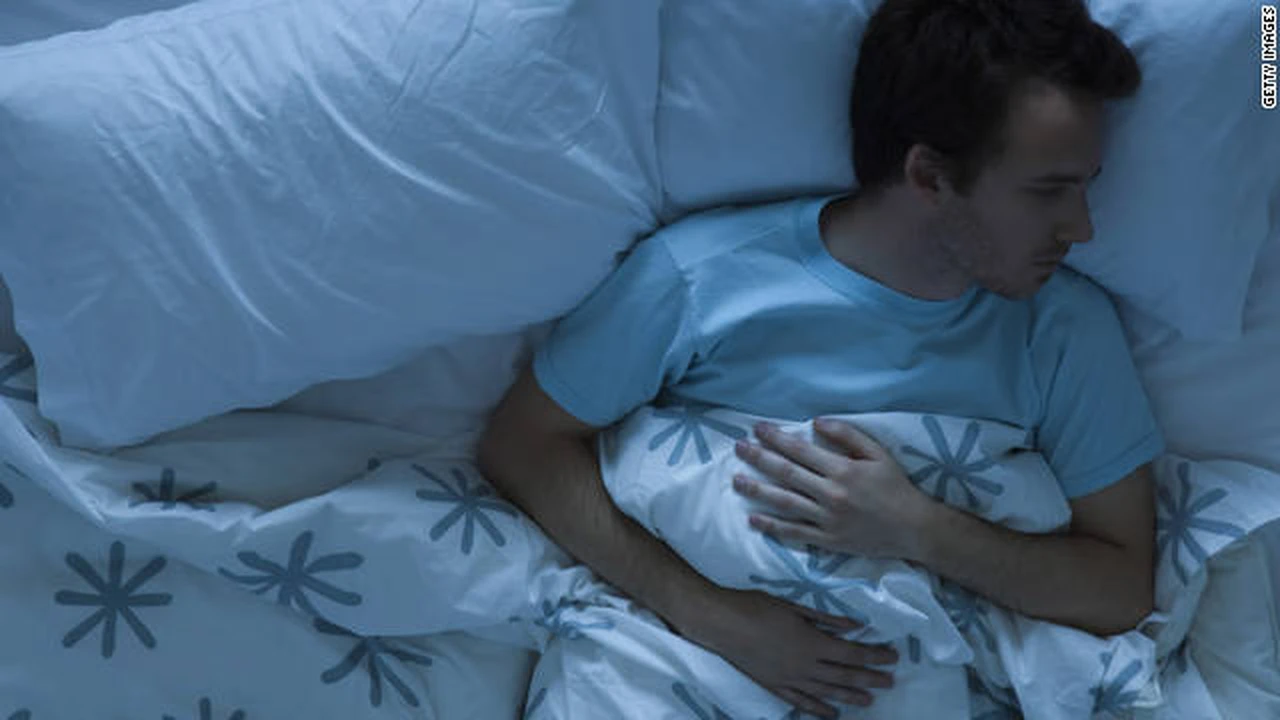How Much Sleep Do You Really Need? Age-Based Guidelines
Sample meta description.

Understanding Your Chronotype and Sleep Needs
Hey there, sleep seeker! Ever wonder why your friend can spring out of bed at 6 AM while you're hitting snooze until noon (okay, maybe 8 AM)? It's not just willpower; it's likely your chronotype. Think of it as your internal body clock, dictating when you naturally feel most alert and sleepy. Knowing your chronotype – whether you're a Lion (early riser), Bear (follows the sun), Wolf (night owl), or Dolphin (light sleeper) – is the first step to crafting a sleep routine that truly works for you.
So, how much sleep *do* you really need? The age-based guidelines are a starting point, but your chronotype and individual needs play a huge role. A Wolf might thrive on 7 hours if they sleep later, while a Bear might need 8-9 hours to feel their best. Experiment and listen to your body!
Creating a Relaxing Bedtime Ritual for Deep Sleep
Now, let's talk ritual. Think of your bedtime routine as a signal to your brain that it's time to wind down. Consistency is key here. Try to go to bed and wake up around the same time each day, even on weekends (I know, it's tough!).
Here are a few ideas to incorporate:
- Dim the Lights: Blue light from screens messes with melatonin production (your sleep hormone). Switch to warm lighting an hour or two before bed.
- Unplug and Unwind: Put your phone away! Read a book (a real one!), listen to calming music, or take a warm bath.
- Gentle Stretching or Yoga: Release tension and prepare your body for rest.
- Warm Drink (Caffeine-Free!): Herbal tea (chamomile, lavender) or warm milk can be soothing.
- Journaling: Write down your thoughts and worries to clear your mind.
Optimizing Your Sleep Environment for Restful Nights
Your bedroom should be your sleep sanctuary! Think cool, dark, and quiet.
- Temperature: Keep your room cool (around 65 degrees Fahrenheit).
- Darkness: Use blackout curtains or an eye mask to block out light.
- Noise: Use earplugs or a white noise machine to mask distracting sounds.
- Comfortable Bedding: Invest in a good mattress, pillows, and sheets.
The Best Sleep Products for a Perfect Night's Sleep
Alright, let's get into some specific product recommendations! These are things I've personally tried or researched extensively. Remember, everyone's different, so experiment to find what works best for you.
Weighted Blankets for Anxiety Relief and Sleep Improvement
Product: Gravity Blanket
Use Case: If you struggle with anxiety or restless legs, a weighted blanket can be a game-changer. The gentle pressure mimics the feeling of being hugged, promoting relaxation and reducing stress.
Comparison: Gravity Blanket is a popular choice, known for its quality and even weight distribution. Other options include YnM Weighted Blanket (more affordable) and Bearaby Tree Napper (chunky knit design).
Price: Gravity Blanket typically ranges from $200-$300.
White Noise Machines for Blocking Out Distractions and Promoting Relaxation
Product: LectroFan Classic
Use Case: Perfect for blocking out street noise, snoring partners, or other distractions. It offers a variety of white noise sounds (fan sounds, nature sounds, etc.) to create a calming environment.
Comparison: LectroFan Classic is a top-rated choice for its realistic sounds and adjustable volume. Other options include Marpac Dohm (classic sound machine) and Hatch Restore (sunrise alarm clock with sound machine features).
Price: LectroFan Classic typically costs around $50-$60.
Sleep Masks for Blocking Out Light and Promoting Deep Sleep
Product: Manta Sleep Mask
Use Case: If you're sensitive to light or travel frequently, a good sleep mask is essential. Manta Sleep Mask is designed for maximum comfort and light blockage, with adjustable eye cups to fit any face shape.
Comparison: Manta Sleep Mask is a premium option, known for its comfort and effectiveness. Other options include Alaska Bear Natural Silk Sleep Mask (affordable and lightweight) and Bucky 40 Blinks Ultralight Sleep Mask (contoured design).
Price: Manta Sleep Mask typically ranges from $30-$40.
Smart Mattresses for Personalized Sleep Tracking and Adjustments
Product: Eight Sleep Pod 3
Use Case: For the tech-savvy sleep enthusiast, a smart mattress like the Eight Sleep Pod 3 offers personalized sleep tracking, temperature regulation, and even vibration alerts. It can learn your sleep patterns and adjust the temperature throughout the night for optimal comfort.
Comparison: Eight Sleep Pod 3 is a high-end option with advanced features. Other options include Sleep Number 360 smart beds (adjustable firmness) and Purple mattresses (pressure relief).
Price: Eight Sleep Pod 3 starts around $3,000.
Pillow Recommendations Based on Sleep Position
Choosing the right pillow is crucial for spinal alignment and comfort.
- Side Sleepers: Look for a firm, thick pillow to fill the space between your head and shoulder.
- Back Sleepers: Choose a medium-firm pillow that supports the natural curve of your neck.
- Stomach Sleepers: Opt for a thin, soft pillow or no pillow at all.
Some popular pillow brands include Tempur-Pedic, Coop Home Goods, and Purple.
Addressing Common Sleep Problems with Practical Solutions
Dealing with Insomnia and Sleep Anxiety
If you're struggling with insomnia or sleep anxiety, cognitive behavioral therapy for insomnia (CBT-I) can be incredibly helpful. It teaches you techniques to change your thoughts and behaviors around sleep.
Other tips include:
- Avoid caffeine and alcohol before bed.
- Get regular exercise (but not too close to bedtime).
- Create a relaxing bedtime routine.
- Get out of bed if you can't fall asleep after 20 minutes and do something relaxing until you feel sleepy.
Managing Jet Lag and Shift Work Sleep Disruptions
Jet lag and shift work can wreak havoc on your sleep schedule. Here are a few tips to cope:
- Gradually adjust your sleep schedule before your trip or shift change.
- Use light exposure to your advantage.
- Consider taking melatonin supplements (talk to your doctor first).
- Stay hydrated.
The Importance of Sunlight Exposure for Regulating Your Circadian Rhythm
Sunlight is a powerful regulator of your circadian rhythm. Try to get at least 30 minutes of sunlight exposure each day, especially in the morning.
If you live in a cloudy area, consider using a light therapy lamp.
The Role of Diet and Exercise in Promoting Healthy Sleep Patterns
What you eat and how you move your body can have a significant impact on your sleep.
- Avoid heavy meals and sugary snacks before bed.
- Eat a balanced diet throughout the day.
- Get regular exercise, but avoid intense workouts close to bedtime.
Certain nutrients, like magnesium and tryptophan, can also promote sleep. Consider incorporating foods like almonds, bananas, and turkey into your diet.
Final Thoughts on Achieving Your Best Sleep
Building a perfect sleep routine is a journey, not a destination. Be patient with yourself, experiment with different techniques, and listen to your body. With a little effort, you can create a sleep routine that helps you wake up feeling refreshed, energized, and ready to take on the world!
:max_bytes(150000):strip_icc()/277019-baked-pork-chops-with-cream-of-mushroom-soup-DDMFS-beauty-4x3-BG-7505-5762b731cf30447d9cbbbbbf387beafa.jpg)






: Causes and Treatments.webp)